Research Areas
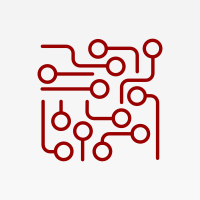
The field of algorithms and complexity is concerned with the development, analysis, and evaluation of algorithms and…
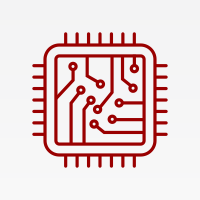
Computer architecture and operating systems are foundational areas that deal with the design and implementation of…
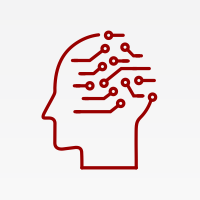
Artificial intelligence (AI) is a broad and interdisciplinary field of computer science that deals with creating…

Bioinformatics is an interdisciplinary field that combines computer science, statistics, and biology to develop…

The field of computer graphics deals with the creation, processing, and manipulation of visual content using…

The field of computer vision focuses on enabling computers to interpret and understand visual information from the…

Cryptography focuses on the study of secure communication techniques in the presence of adversaries. Some of the…
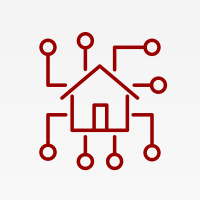
The field of cyber-physical systems (CPS) involves the development of infrastructure that seamlessly integrates…
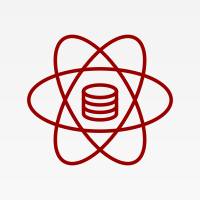
Data science is a broad and interdisciplinary research area that involves extracting insights and knowledge from…
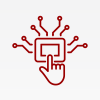
Human-computer interaction (HCI) is a multidisciplinary field that focuses on the design, evaluation, and…
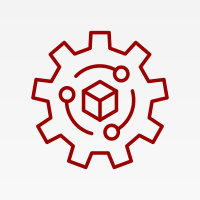
The modeling and verification field involves the use of mathematical models and rigorous methods to analyze and…
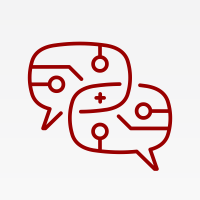
The field of natural language processing (NLP) focuses on enabling computers to process and understand human…

Networking and mobile computing is a vast area that deals with the design, implementation, and management of…

Parallel and distributed systems is a rapidly evolving area that focuses on the design, development, and deployment…

Programming languages is a fundamental area that is concerned with the design, implementation, and use of…
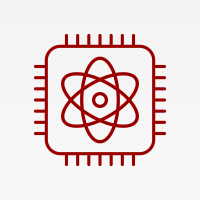
Quantum computing is a rapidly growing field that explores the development of computer technology based on the…
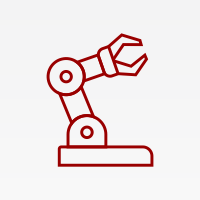
Robotics is a multidisciplinary field that combines computer science, engineering, and other fields to create…

The security and privacy field focuses on the development of secure and privacy-preserving systems and technologies…

The field of visualization focuses on the development of interactive visual representations of data to facilitate…
